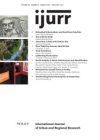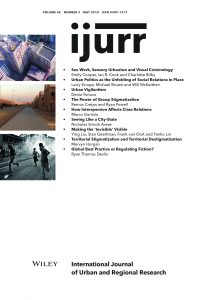Gentrification in China is intertwined with urban redevelopment, which causes the large‐scale displacement of rural–urban migrants from ‘villages in the city’ (ViCs). Because of the informality of ViCs, migrant renters have very insecure tenancy and during redevelopment they are treated as a negligible (‘invisible’) social group. As they are very difficult to locate after displacement, they are also literally invisible to researchers. To make the invisible visible, this study traced a sample of displaced migrants from Huangbeiling village in Shenzhen. The focus was on the displacement process and on identifying the consequences for the displaced. We found various forms of displacement during the redevelopment process. Nearby ViCs were prioritized by displaced migrants to minimize as much utility loss as possible. However, they generally suffer from decreased proximity, increased living costs, and the loss of social networks and job opportunities. Remarkably, some choose to return to the gentrifying village, enduring displacement in situ caused by increasing rents, drastic physical neighbourhood changes and declining liveability, in exchange for retaining their original social and economic networks. Large‐scale urban redevelopment is causing the rapid shrinkage of informal housing. Recognizing and addressing the housing needs of this impoverished social group is a matter of urgency.
Details
Written by:
Ying Liu, Stan Geertman, Frank van Oort & Yanliu Lin
Digital Object Identifier (DOI)
https://doi.org/10.1111/1468-2427.12646
About DOI

